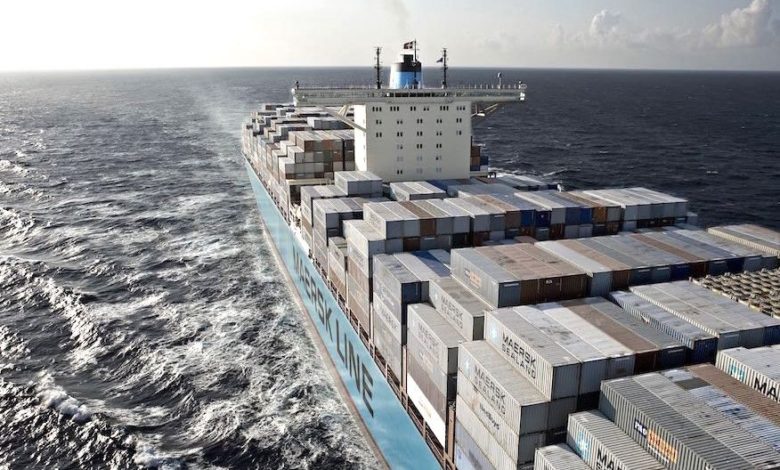Maersk to change fuel adjustment surcharge ahead of the sulphur cap

As it seeks to improve its bottom line Maersk Line has announced a new Bunker Adjustment Factor surcharge, which it claims is aimed at recovering the costs of compliance with the global sulphur cap which enters into force on 1 January 2020. How this new BAF will be accepted by shippers will be watched very carefully by Maersk’s peers, who may well follow suit.
“The 2020 sulphur cap is a game changer for the shipping industry. Maersk preparations to comply are well underway and so are our customers’ efforts to plan ahead. The new BAF is a simple, fair and predictable mechanism that ensures clarity for our customers in planning their supply chains for this significant shift,” said Vincent Clerc, Maersk’s chief commercial officer.
The BAF surcharge is designed to recover increases in fuel related costs. It will be charged separately from Maersk Line’s freight rate.
Maersk Line expects its extra fuel costs could exceed $2bn come 2020.
The new BAF replaces Maersk Line’s current Standard Bunker Adjustment Factor (SBF) surcharge and consists of two key elements; the fuel price which is calculated as the average fuel price in key bunkering ports around the world, and a trade factor that reflects the average fuel consumption on a given trade lane as a result of variables like transit time, fuel efficiency and trade imbalances between head haul and backhaul legs.
“Combining the two factors give customers full predictability of their costs at any given fuel price both before and after 2020,” the company stated in a release today.
Maersk Line’s BAF surcharge will be introduced on January 1 2019.
